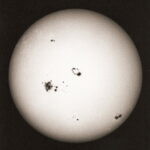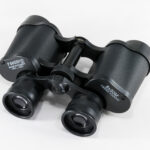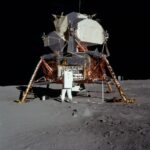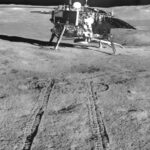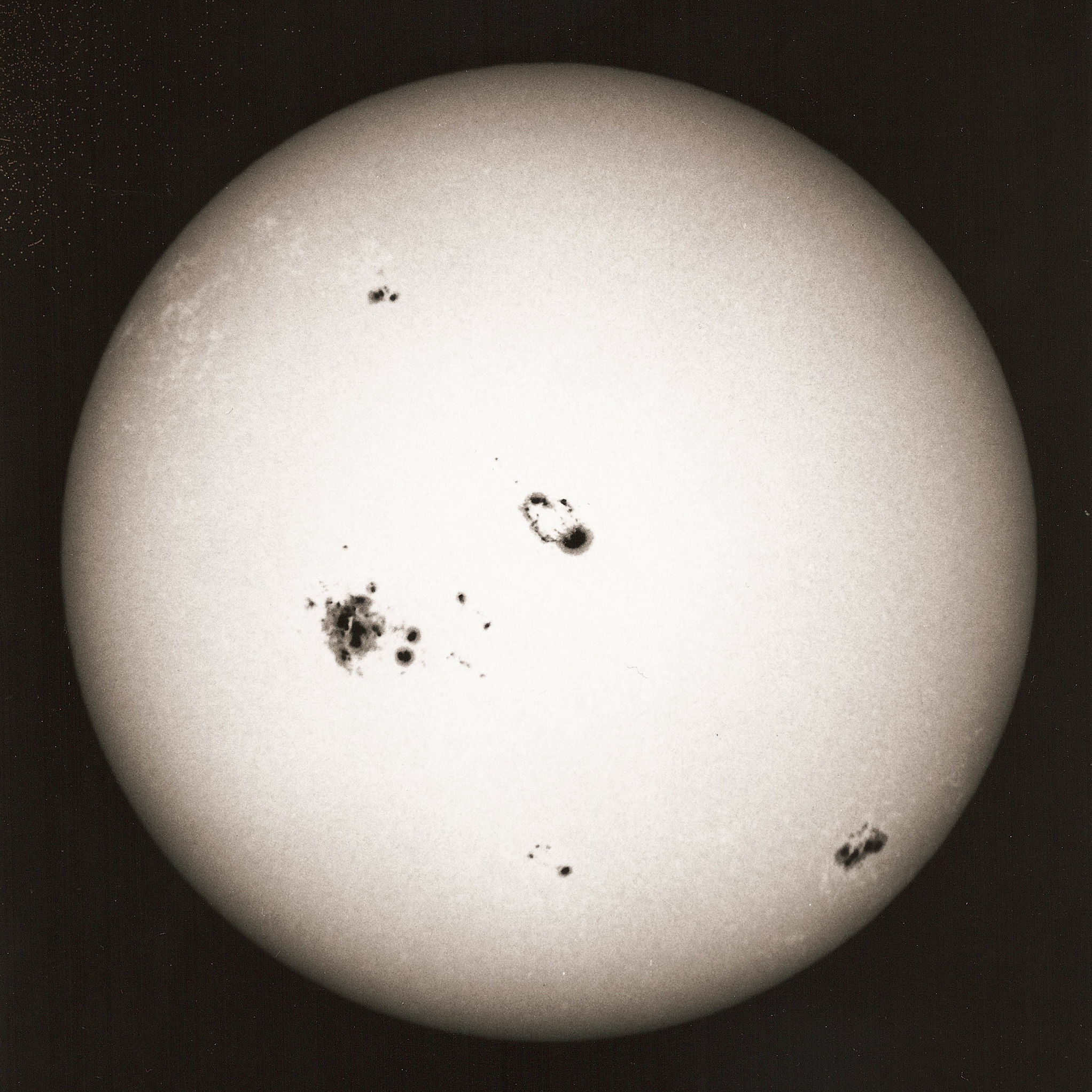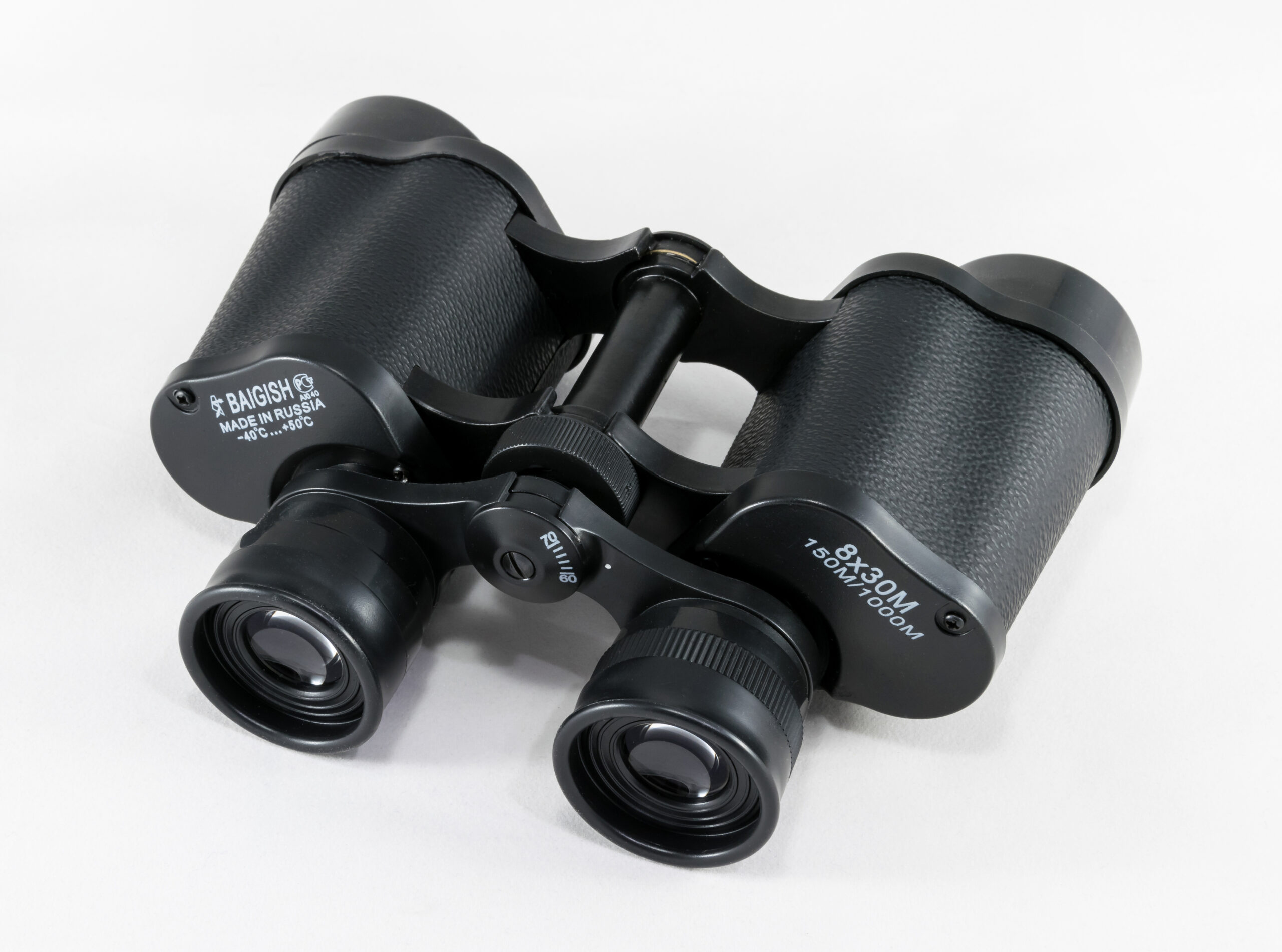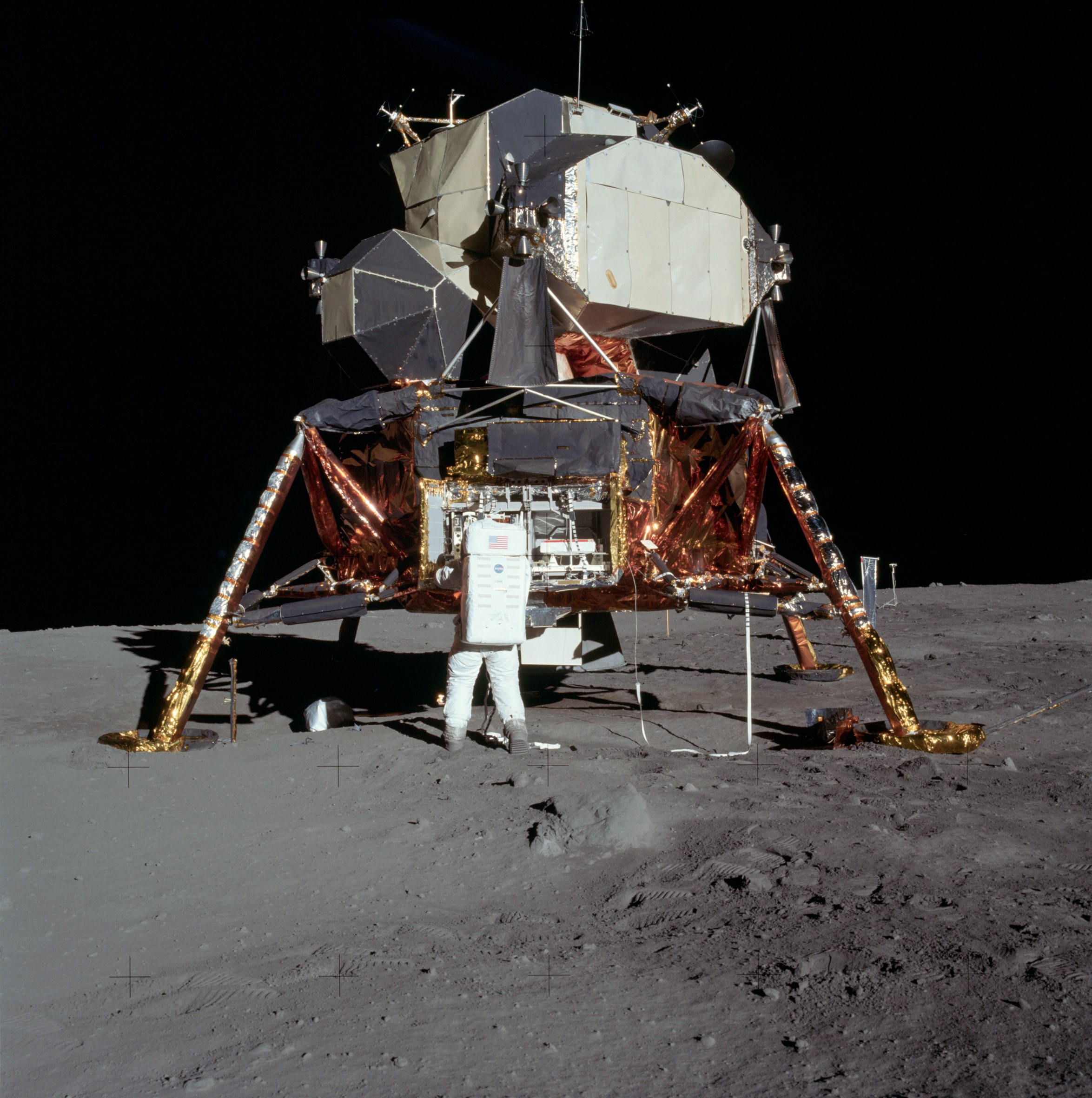The Missions to the Moon have a varied history. Some were great achievements whilst others were tragedies that cost astronauts lost their lives. Through all this NASA made small steps that would eventually lead to Man walking on the Moon.
President John F. Kennedy.
In May 1961 President John F. Kennedy committed the United States to “landing a man on the Moon and returning him safely to Earth before the end of the decade”. This was a bold statement for the United States to achieve as they lagged behind the Soviet Union who already had put the first man in space and achieved a successful robotic moon mission. The United States was playing catch up.
To carry out Kennedy’s commitment a new organization was set up to achieve this. This was called the National Aeronautics and Space Administration, more widely known as NASA.
Mercury and Gemini Missions

Single Man Mercury Capsule
Before the United States could get the Moon they needed to get men into space. The first missions, which was called Project Mercury, were one man crewed spacecraft. The main purpose of these missions was to find out if man could survive the time taken to reach and return from the Moon. There were six Project Mercury missions.
After Mercury, there came Project Gemini. These were two man spacecraft and their missions were to test out space techniques that were needed for the Apollo missions. This also included space walks and docking manoeuvres critical to the success of the Apollo missions.

Two man Gemini Capsule
In 1965 Ed White, commander of Gemini 4 became the first American to walk in space. His space walk lasted 25 minutes. The mission was to find out if man could survive in the harsh environment of space and to test out the space suit that was being designed for the Apollo mission. Latter Gemini mission spacewalks were designed to learn how to move around and use tools in space.

Ed White performs the first American spacewalk in 1965during the Gemini 4 mission.
During the Mercury and Gemini missions the US was developing the rocket that would take them there, the Saturn V rocket. It was planned to have three ignitions to get Apollo to the Moon. The first stage was the most powerful stage. It took the rocket to a height of 42 miles. When the engine cut out, it separated from the rocket and the second stage took over and put the rocket into orbit around the Earth. The third stage was the only part of the rocket that did not separate on reaching orbit. This stage stayed with the Command and Luna modules. Its purpose was to ignite to send the Apollo capsule to the Moon and to ignite to send it back to the Earth from the Moon. It also carried the oxygen for the astronauts. Before the spacecraft entered the Earth’ atmosphere the third stage was jettisoned and it burnt up in the atmosphere.
Apollo’ 1 to 6 were testing of the Saturn V rocket. Apollo 7 was flown to test the command module, this was done in Earth orbit as was Apollo 9 which tested the Luna Module in Earth orbit. Apollo 8 was the mission that tested the Command Module in Moon orbit. While Apollo 10 tested the Command Module and the Service Module in Moon orbit. The Luna Module was to separate from the Command and Service Modules and go down towards the Moon’ surface before igniting the ascent stage engine to separate it from the descent stage and return to the Command Module. The spent descent stage crashed into the Moon.

Saturn V rocket on launch pad with Apollo 11 astronauts aboard
In July 16, 1969, Apollo 11, with Commander Neil Armstrong, Luna Module Pilot Buzz Aldrin and Command Pilot, Michael Collins lifted off on its mission to land a man on the Moon for the first time. On July 20, 1969, Neil Armstrong became the first man to walk on another world. His first immortal words upon stepping onto the Moon “one small step for [a] man, one giant leap for mankind”. These however were not the first words from the Moon after landing, Buzz Aldrin actually said “All engines off”. To which Neil Armstrong said “Houston, Tranquility Base here. The Eagle has landed”.

Apollo Command Capsule
Following on from Apollo 11, Apollo 12 landed in the Ocean of Storms, close to where Surveyor 3 had landed two years earlier. The Apollo 12 astronauts visited the lander and removed its camera to bring back to Earth. One of the surprises that was found when the camera was opened was it contained bacteria that had survived the three years in the harsh conditions of the moon. As the bacteria were found to be of Earthly origin it was agreed that the bacteria had got past the original strict antibacterial procedures that NASA had in place prior to the lift off of Surveyor 3. On finding these bacteria NASA increased it strict contamination procedures.
Apollo 13 never made a landing due to a malfunction in the Service Module on the way to the Moon. The astronauts had to use the Luna Module as a Lifeboat and use its descent engine to fire at the back of the Moon to place them in a trajectory back to Earth.

The ‘ Eagle’ on the surface of the Moon.
Apollo 14 landed in the Fra Mauro region of the Moon. Its mission was to return samples to Earth to look for and set up equipment on the Moons surface to listen for moon quakes and a reflector. This reflector was used to calculate the exact distance of the Moon by firing a laser beam towards the mirror and calculate the distance by using the time interval between sending the beam and its return.
Apollo 15 landed in Hadley-Alpine region of the Moon. It was the first extended mission with the astronauts staying on the Moons surface for three days. It was also the first mission to carry a vehicle to transport the astronauts further afield. The rover, as it was technically called, soon got the nick name of the ‘Moon Buggy’.
Apollo 16 landed in the Descartes Highland. This was again an extended surface mission with astronauts gathering samples and setting up equipment.
Apollo 17 landed in the Taurus-Littrow Hills. Again this was an extended mission with astronauts traveling further from the lander than any other crew before it. It also carried the first geologist, Harrison Schmitt, to the Moon. During this mission they discovered ‘orange soil’. Which scientist believe are small bits of rapidly-cooled molten rock ejected in a fire fountain in the yearly years of the Moon.
After Apollo 17 the public had lost interest in the Moon missions so Apollo 18, 19 and 20 were cancelled.
The Future
The United States, Russia and China have plans for building permanent bases on the Moon in the very near future. With the United States returning to the Moon before 2025 and having a base at the south pole of the moon by 2030. Orbiters around the Moon have found large amounts of water at the polar regions of the Moon. This will help sustain a base as the water can be converted into Oxygen to breath and Hydrogen for fuel
There are plans to build a space station in Moon orbit called Gateway. This will be used to ferry supplies and astronauts to and from the moon base.
Because of the Moon’s low gravity taking off will be easier as less fuel will be needed. The Moon will be the starting point for missions to Mars and deeper space missions in the future.
Clear Skies
Dave
